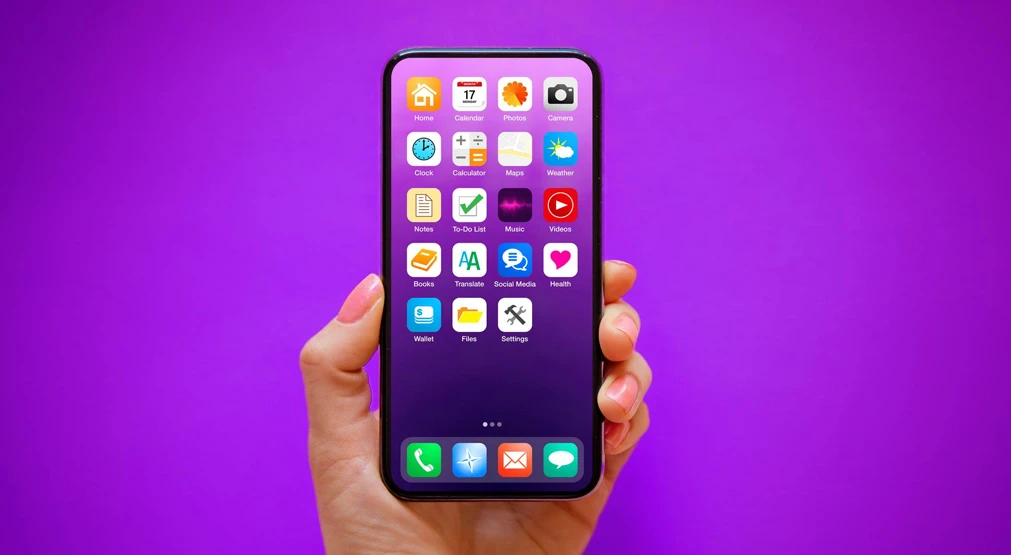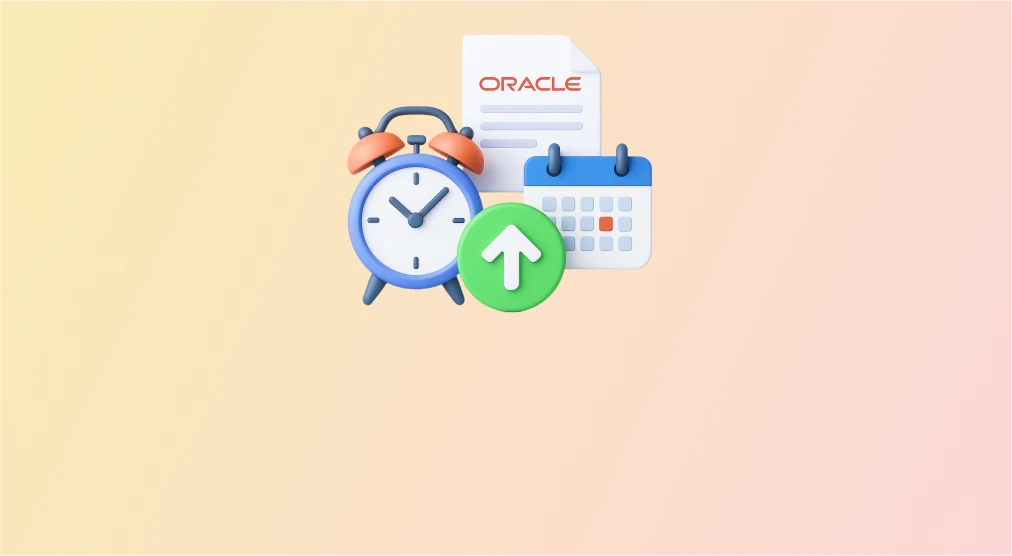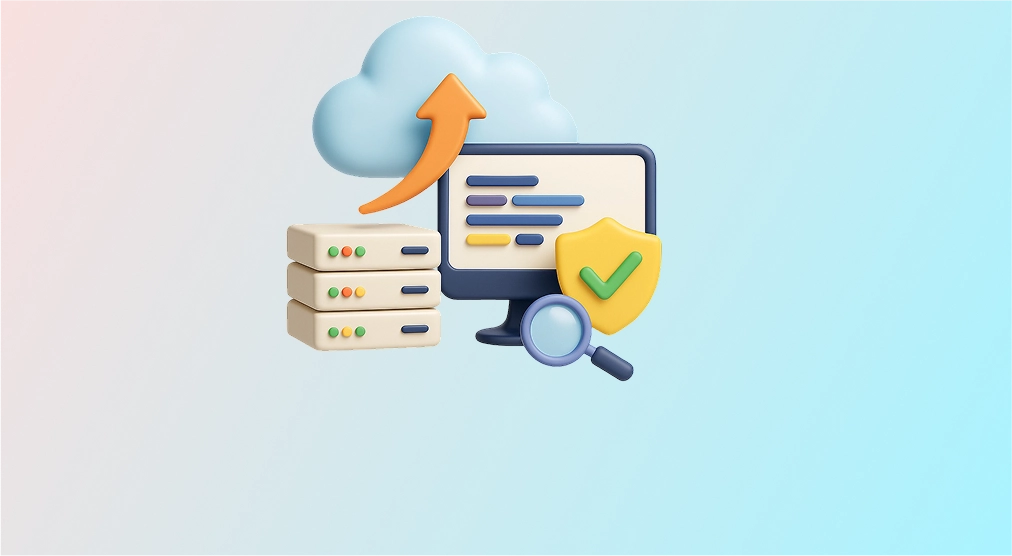A whopping 83% of people worldwide own a smartphone, and 88% of their mobile usage is on mobile applications. Global mobile app revenues are expected to be more than $935 billion in 2023, with no signs of slowing down in the foreseeable future.
Undoubtedly, the mobile app market has witnessed accelerated growth and income over the years. Mobility is the new landscape of communication with customers and is a real extension of any organisation’s brand.
As a result, organisations now understand how vital it is to use mobile channels for effective customer engagement and for running their businesses efficiently.
Nearly 48% of small and mid-sized businesses also use a mobile application to support their business. There are numerous reasons an app can be your ‘Knight in Shining Armour’ if you are a small to midsize company. Let us enumerate the top 5 on the list:
1. Scale & Compete
Every enterprise strives to scale their business, retain existing customers, and onboard new customers. A mobile app has tremendous potential to reach out to new horizons. It can be used as one of the trusted tools to explore new markets and to scale up existing business. A simple and conducive user experience can make a huge difference in adding new customers and retaining them. A mobile app can help to –
- Acquire untapped customers
- Explore new geographical markets
- Introduce & promote new products at a lower cost & faster time-to-market
- Improve brand awareness
2. Payment Options
A business mobile app will open up multiple payment options to your customers. Customers across the globe are well versed with mobile app payments. Mobile payments can –
- Save time to authenticate and make a payment
- Save processing fee on card payments
- Help in transparent bookkeeping
- Enable easy recurring payments
3. Digitize Paperwork
An app can become a platform to share and store necessary paperwork to streamline approvals and electronic authorisations, thereby improving customers’ experience. A mobile app with built-in capabilities like camera, virtual identification, e-sign, biometrics will make this whole process easier. Mobile app will –
- Drastically reduce total processing time of applications, clearances, disbursements
- Digitize Invoices, purchase orders, license agreements & other contracts
- Allow organised data to be consumed or to distribute without manual errors
- Reduce manual operational & logistical cost
4. Know Your Customers Better
An app provides rich insights about your customers – demographics, in-app behaviour, location. These customer insights can be leveraged towards –
- Developing new products and new channels
- Understanding Products & Services Adoption
- Planning an Effective Sales & Marketing Campaign
- Optimizing the Marketing Budget & Improving Conversions
- Personalising Communication with your customers
5. Improve Operational Efficiency
Operational efficiency is a critical part of any business, especially in the domain of Supply Chain Control. An app to streamline internal operations can –
- Automate & expedite the supply chain process
- Enable real-time operations tracking
- Seamless communication across the supply chain
- Alerts & notifications for administrative decisions & warehouse management
Plan a Mobile Application Suitable to your Business
By the end of this read, we hope you can relate the benefits with respect to your business needs, but a whole lot of questions might have arisen in your mind.
Some of the basic questions you can ask yourself, while planning for an app –
- Can a mobile app add value to my business?
- What features and functions does my mobile app need?
- How much will it cost to design and develop an app?
- Should I need an in-house development team or should I partner with a vendor to build it?
- How do I plan the Go-to-Market Strategy?
To simplify things, we suggest you consult experts in the industry, who have a proven record to analyse and to recommend the right strategy for mobile applications. You may also get in touch with mobile application development experts from CES IT Pvt Ltd, who can assist you with the right strategy to assess and to implement mobile applications.






